
Space exploration ‘crucial’ for future of agriculture
Designing food systems for astronauts can help promote sustainable agriculture on the earth, specialists believe

Designing food systems for astronauts can help promote sustainable agriculture on the earth, specialists believe

Tackling the sector’s “biggest challenge” of cost competitiveness was key to closing a funding round to consolidate its pre-industrial vertical farming model, the start-up says

What explains the troubles facing Dutch plant health start-up Plense Technologies, which is winding down, and French robotics firm Naïo Technologies, which has entered receivership?

The Netherlands is a global leader in horticulture, ranking as the world’s second-largest exporter of agricultural products after the US

Scientists at King Abdullah University of Science and Technology (KAUST) claim to have discovered new cooling technology that can enhance crop yields and introduce new crops to arid regions like Saudi Arabia at affordable costs
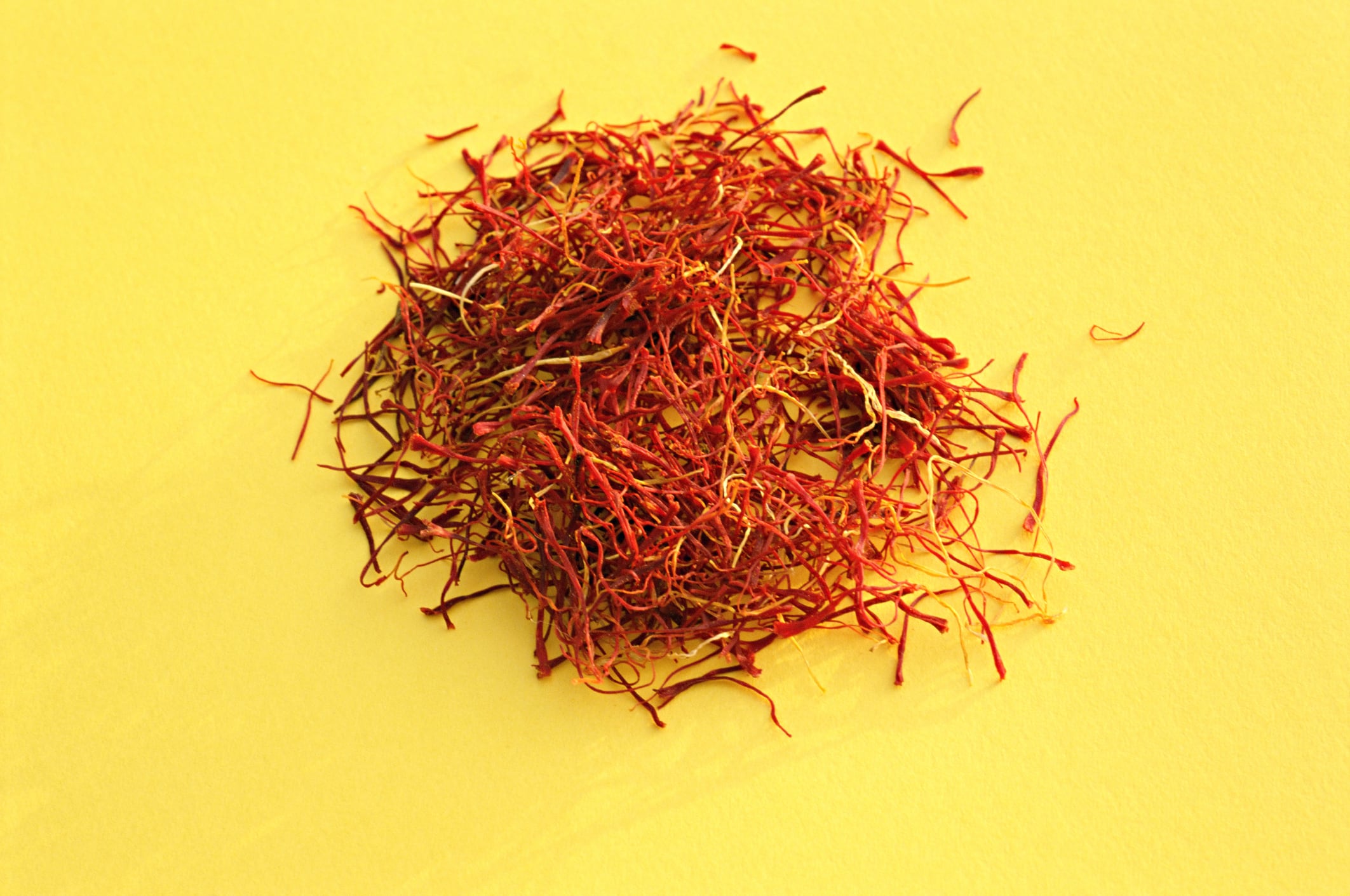
BlueRedGold’s plans to build the ‘world’s first scalable indoor saffron cultivation system’ have been boosted after picking up investment of €2.73 million

Saline aquaponics could help lift pressure on freshwater seafood and crop sources, but the system is constrained by plant salt tolerance levels, new data reveals.

Italian Planet Farms has launched its vertically salads into British supermarket Waitrose, the first time its products are available in the UK. What are the reasons behind the company’s success?
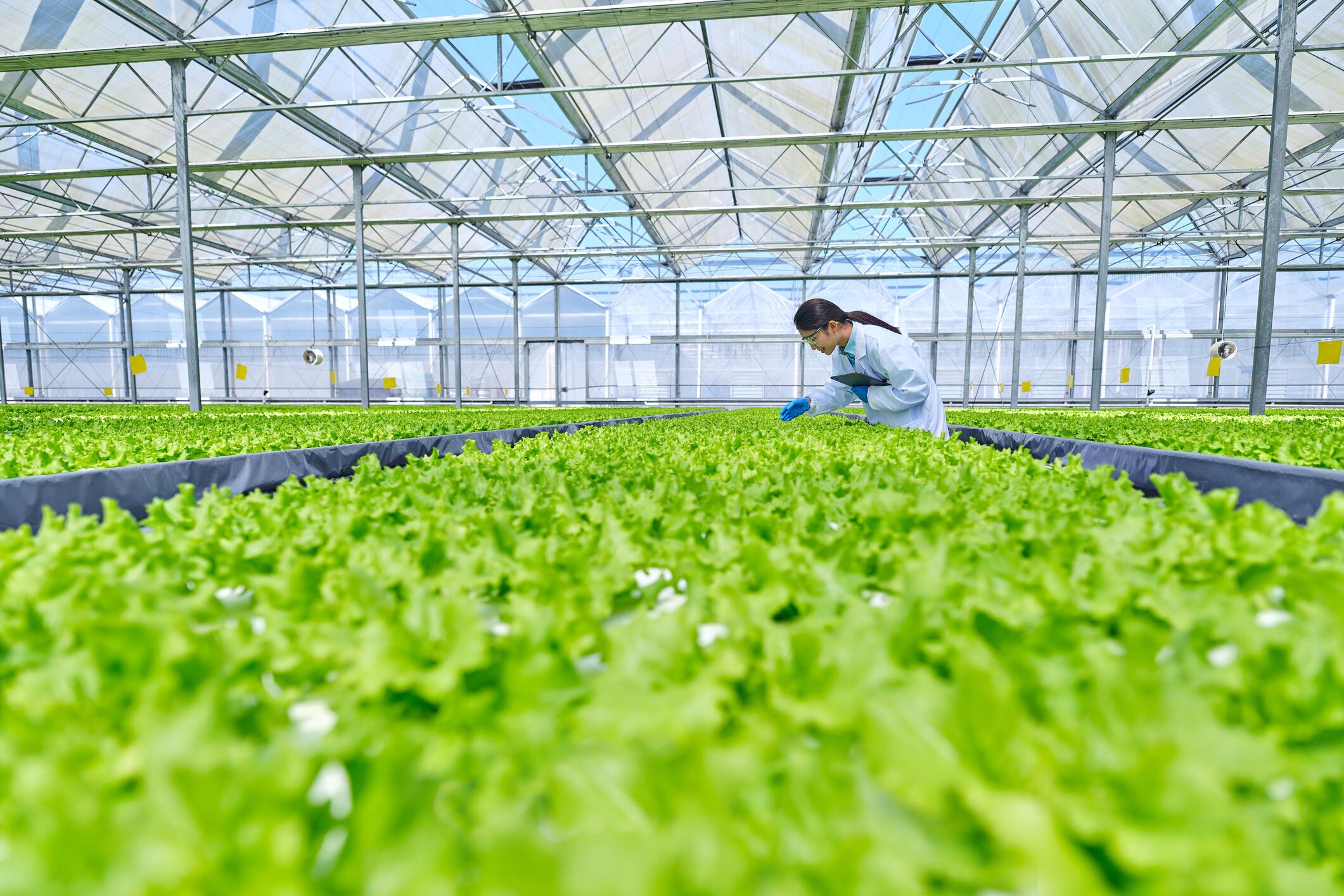
The founder of a Singapore hydroponics start-up says local indoor farming industry has stalled as growers overlook the importance of having a key distribution partner.

South Korea’s upcoming new smart farm complex in Saudi Arabia highlights the Middle East’s importance as a key export market for its agtech sector.

UK vertical farming operator Jones Food Company has entered administration, marking the cessation of its operations.

As Plenty becomes the latest CEA company to experience struggles, experts warn of the perils of overreliance on VC funding

Square Roots Japan is working with farmers to develop “golden recipes” for indoor farming in an attempt to preserve the country’s farming heritage with the benefits of technology.
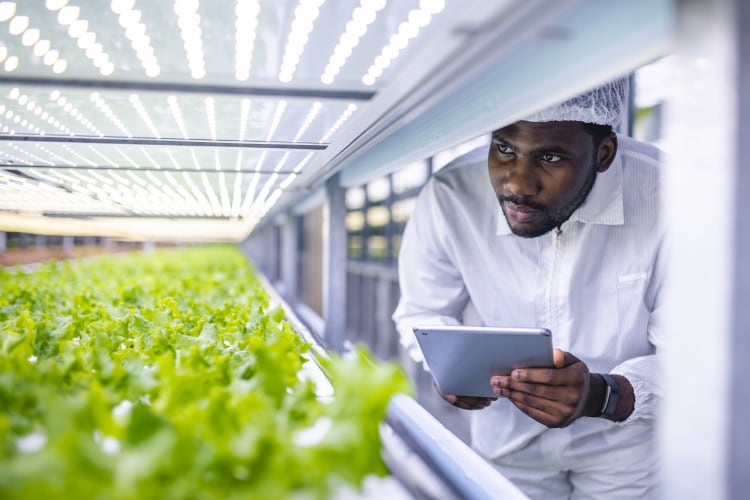
New plant-breeding techniques offer huge opportunities to scale controlled environment agriculture (CEA) and make new products profitable, but greater industry, academic and policymaker buy-in is needed for success.
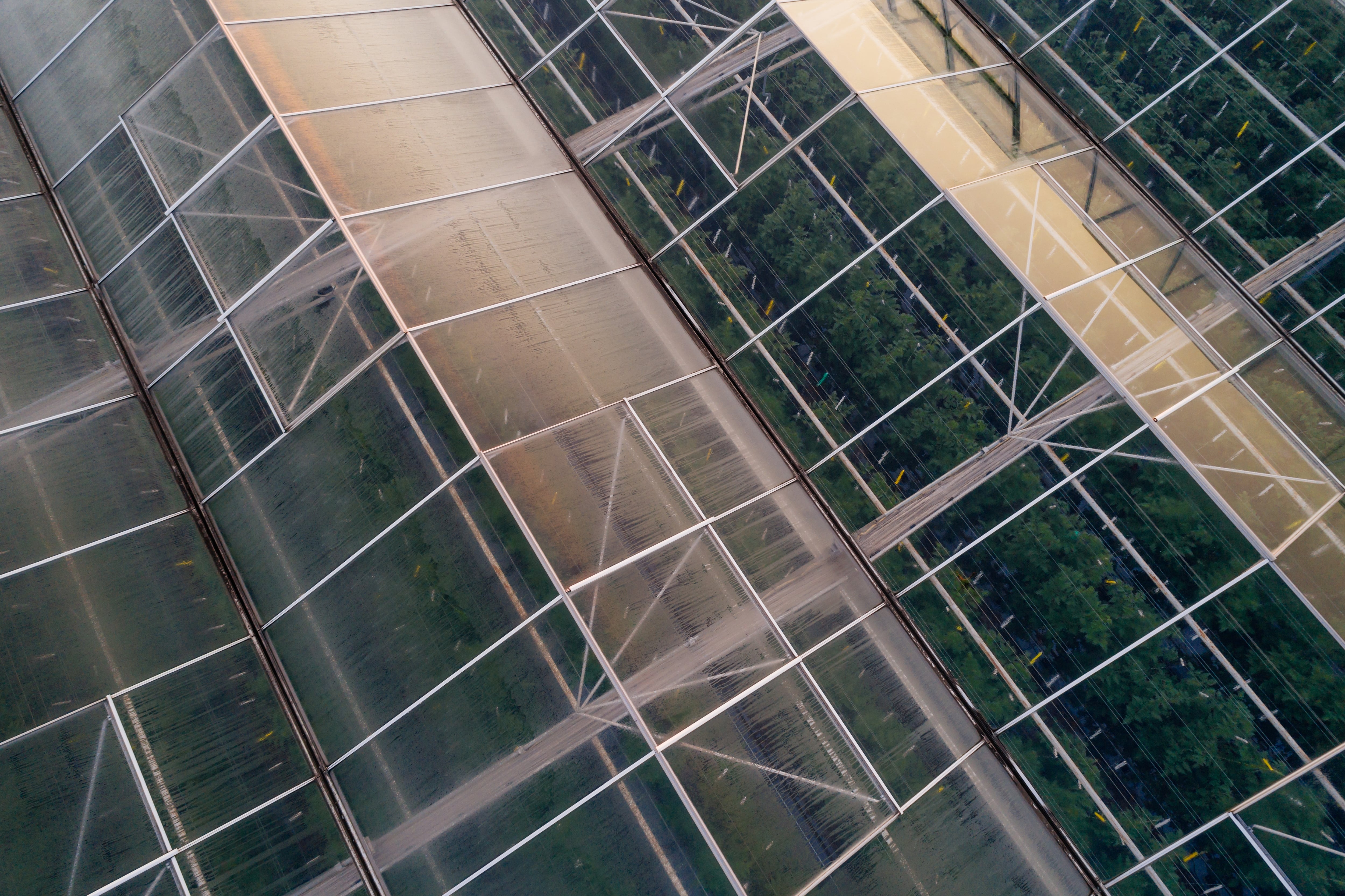
ISO Horti, which supplies robotics and automation to the horticultural sector and TTA, which supplies transplanting and sorting solutions, are merging under the name TTA-ISO as labour shortages in the industry push the need for increased automation to...
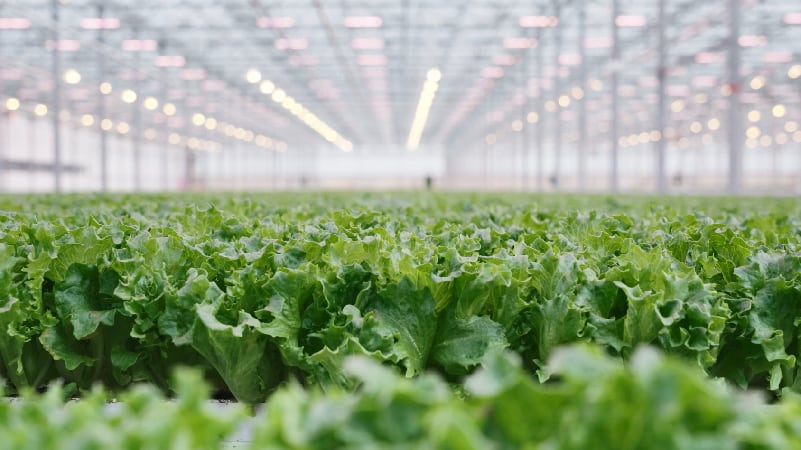
BrightFarms' aggressive manufacturing expansion is demonstrating that indoor agriculture can be done at scale, providing consumers fresh produce year-round
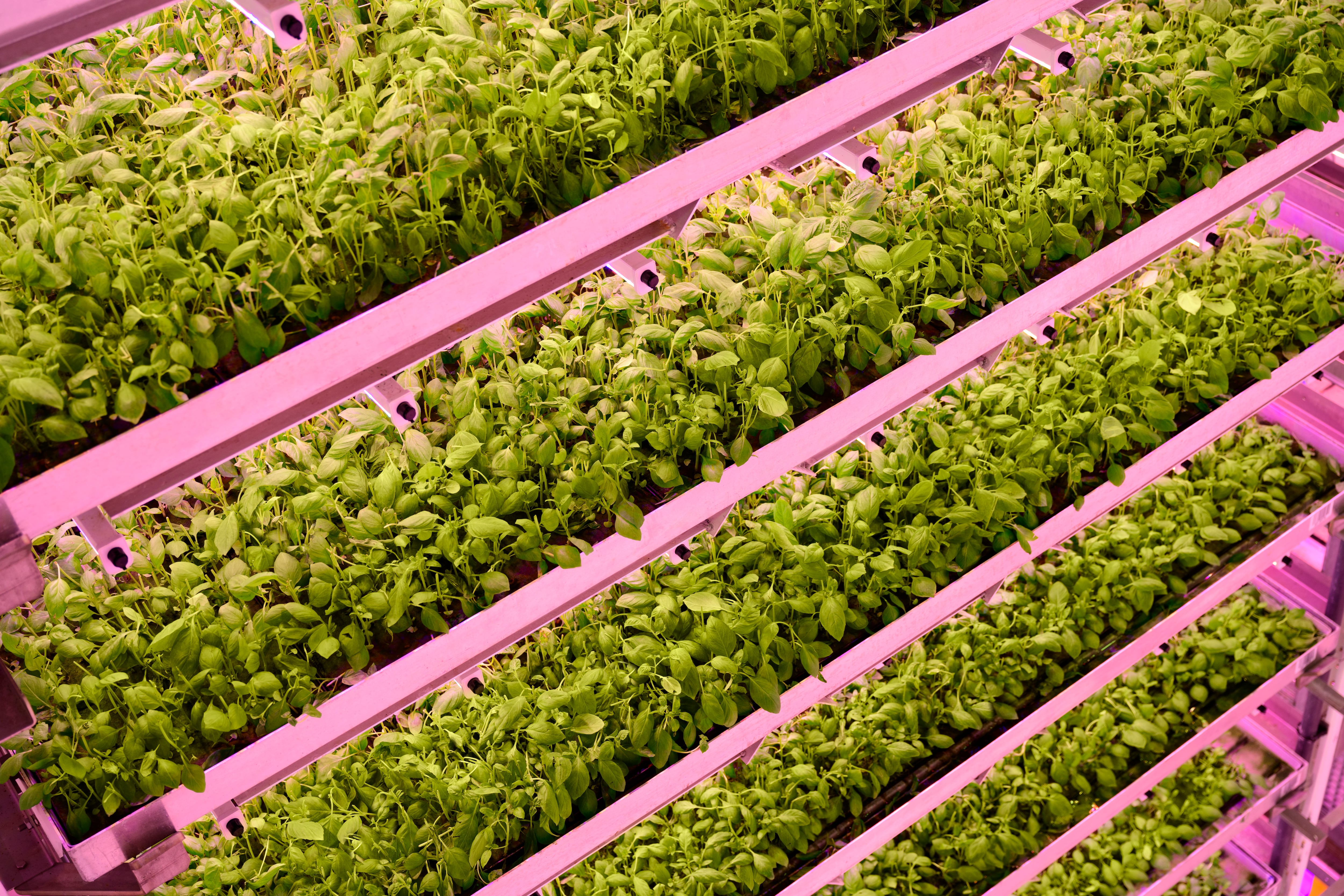
With energy efficiency paramount, the integration of renewable technology is now a key concern for the Controlled Environment Agriculture (CEA) sector, according to a new report by the advisory firm Agritecture. So why aren’t more growers using renewables?
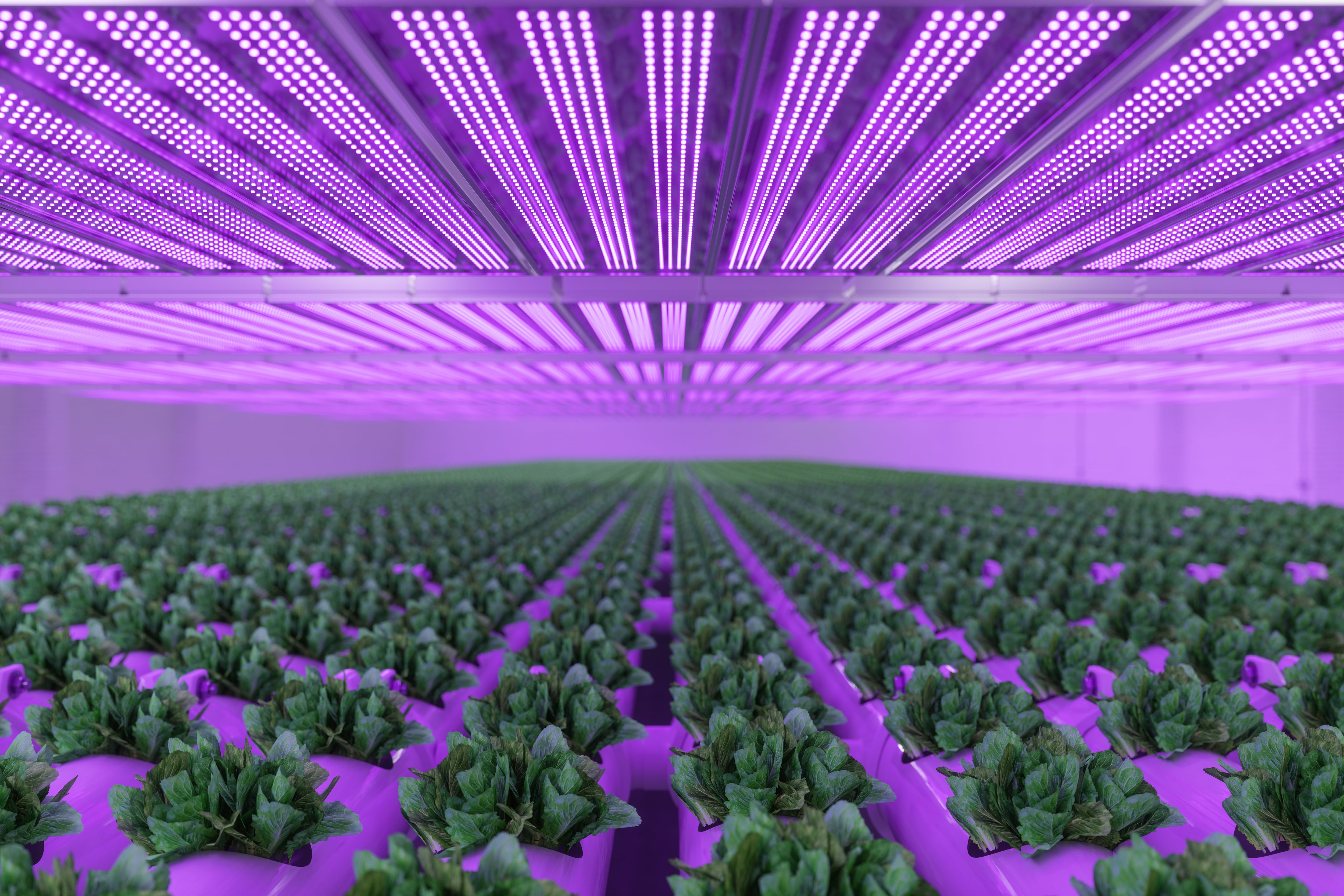
We can’t ignore the failures, but vertical farm operators are finding success by focussing on high-value crops that command a price premium within niche markets.

Country profile
Despite some doubts about its usefulness and the motivations behind it, the UAE is showing no sign of slowing down its grand plan to transform its food system.

Agtech companies are celebrating recognition in TIME magazine’s best inventions for 2024. Does it mark a turning point in wider perceptions of the industry?

By studying tomato varieties in exceptionally hot growing seasons, biologists at Brown University have identified the growth cycle phase when tomatoes are most vulnerable to extreme heat, as well as the mechanisms that make the plants more heat tolerant.

Bowery Farming may not be the last vertical farming company to fail before the sector begins a period of more stable scaling and growth.

Using dynamic environmental control or manipulating light according to the needs of specific crops could make them grow stronger and healthier in an indoor setting while minimising energy use, according to new research.
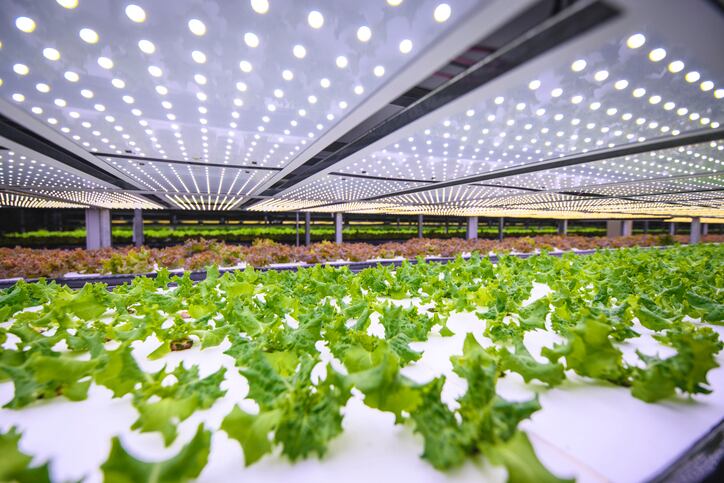
Integrating artificial intelligence into today’s environmental control systems could reduce energy consumption for indoor agriculture by 25% – potentially helping to feed the world as its population rises, Cornell University engineers have found.

Growing lettuce vertically could be as good for the environment as growing them in fields and could save 8,000 hectares of land in the UK, according to a new study from the University of Surrey and the University of Aberdeen.
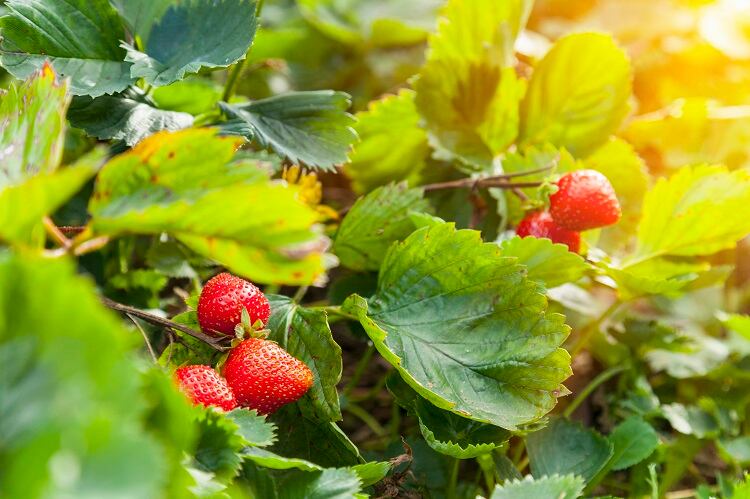
Strawberries are one of a wide range of crops impacted by the high temperatures of climate change.

Plenty is forming a joint venture with Mawarid, a subsidiary of Alpha Dhabi Holding, in a US$680 million deal to develop a network of indoor farms across Gulf Cooperation Council member countries over the next five years.
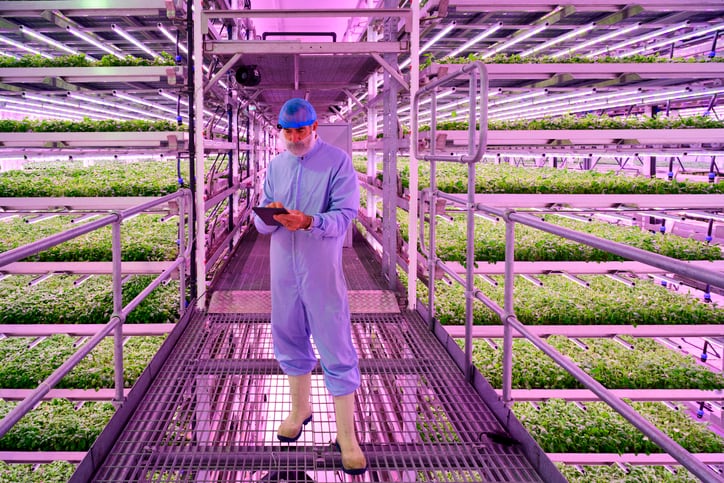
Soli Organic and Oishii have both revealed details of new vertical farming operations.

Iyris (formerly RedSea), which helps growers in the most difficult farming environments around the world to increase crop yields, reduce input costs and risk, and extend growing seasons, has completed a $16 million Series A fundraise. Now, the hard work...
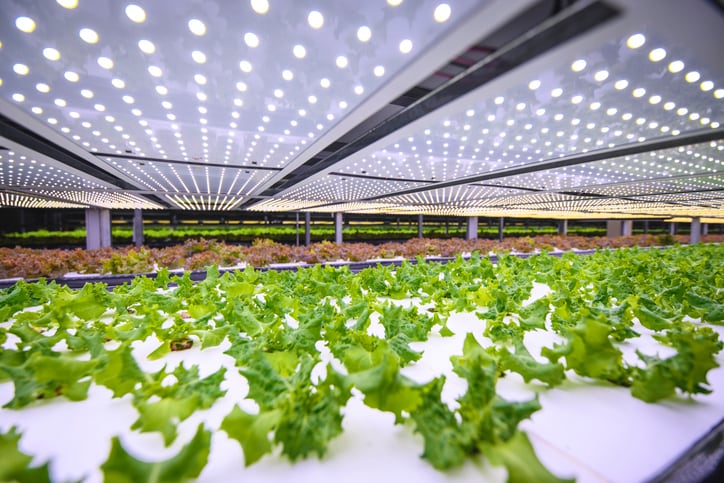
Hexafarms, a start-up which develops software for indoor commercial food production, has announced the successful close of a €1.3 million pre-Seed funding round led by leading European early-stage investors Speedinvest with participation from Mudcake and...

Lettuce cultivars should be selected for their ability to thrive under varying light conditions in order to maximise production in vertical farming, say researchers in Thailand.

AgTechNavigator spoke to Stephan Dolezalek, managing partner at investor Grosvenor Food & AgTech, for his views on the prospects for the indoor farming sector. One of them: the opportunity to grow premium products to address specific nutrient and health...

US indoor farmer Square Roots is growing plants in the dark using gene edited (CRISPR) technology. The move could make indoor farming significantly more viable and sustainable, especially in low and middle-income countries, by reducing energy needs and...

Seven disruptive start-ups have been selected to drive agri-food innovation and economic growth in the country, offering innovative solutions to enhance the agrifood value chain, improve commercial exchanges, and introduce high-value crops.

VC investment
PitchBook’s latest Q1 2024 Agtech Report indicates a market undergoing a correction, with the wheat being separated from the chaff. Some sectors are hotter than others, meanwhile.

New Zealand-based BioLumic uses ultraviolet (UV) light to boost the growth, yield, and quality of various crops, including corn, soybeans, lettuce and cannabis. It is now bringing its tech to ryegrass in an attempt to manage the country’s notorious...

science shorts
Our round-up of the latest research from institutions and universities across the globe looks at the world’s first unmanned machine designed for autonomous forestry operations, while Korean scientists have successfully developed ‘cultured beef rice’,...

Our 360-degree look at the latest developments from across the globe takes in the news that gene-editing start-up BioConsortia has secured US$15 million, while a UK-based spinout is set to accelerate efforts to help palm tree farmers improve yields.

World Agri-Tech Innovation Summit Roundup
Over the last 18 months there has been a notable shift in investor sentiment within the agtech sector, with the recent economic downturn casting a long shadow over the entrepreneurial landscape. Are we going to hell in a handcart? Is this an opportune...
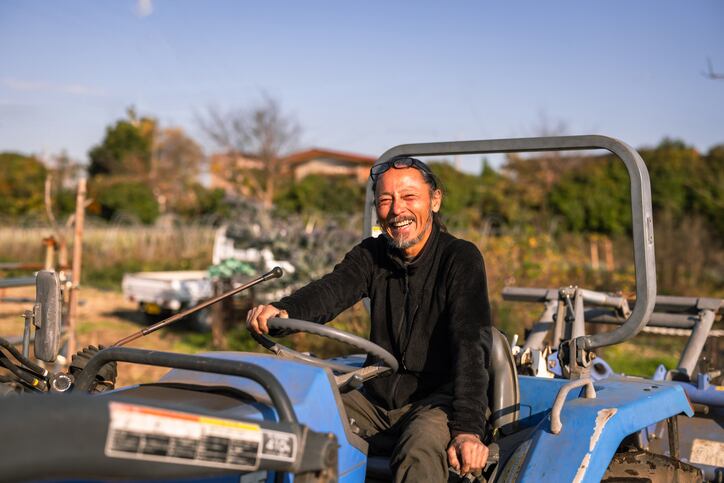
Innovation insider
Agri-tech spend is lagging in the land of the rising sun. But amid the looming threats of depopulation and ageing, the government is looking to new styles of agriculture that can boost productivity, sustainability and strengthen national food security....

New analysis provides a unique insight into how some of the world’s largest brands are grappling with water issues.
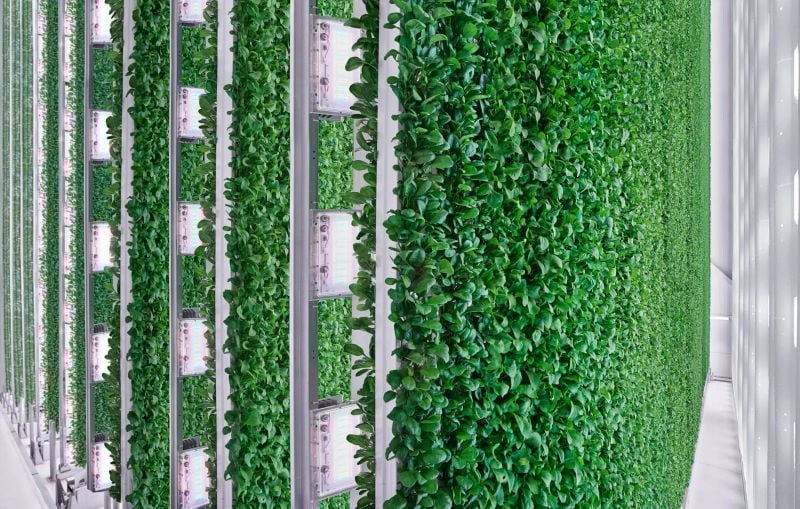
While all vertical farms may seem to grow vertically at first glance, the fact is, they don’t. Most companies are growing on flat, stacked planes, which will lead to more failures in the space in the months and years to come, according to Nate Storey,...
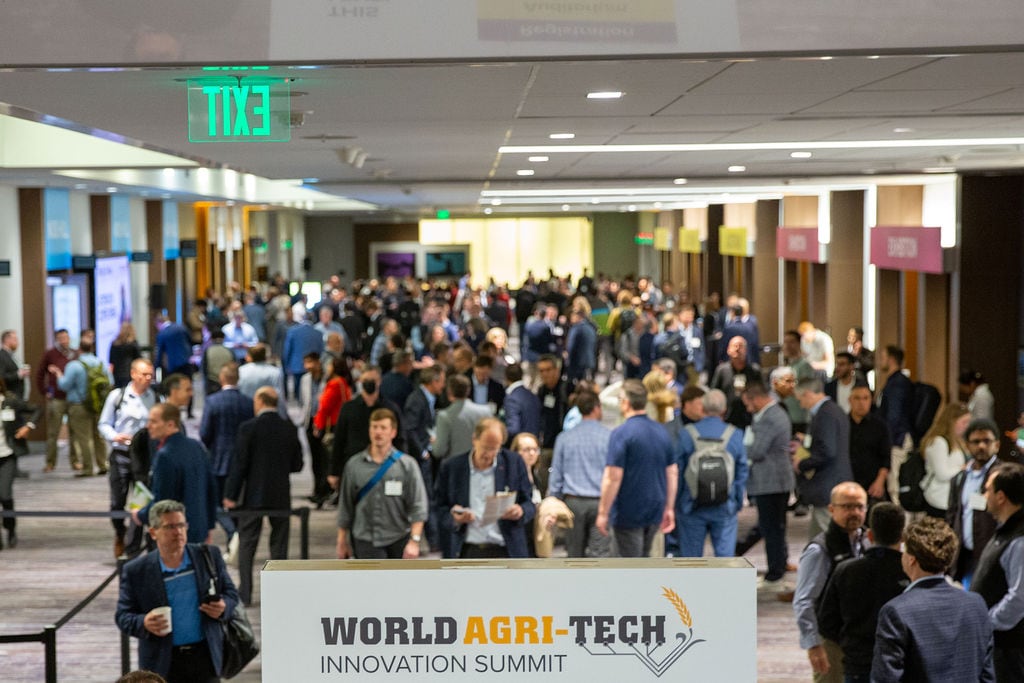
With over 2,500 delegates and 70+ start-ups attending World Agri-Tech from 40 countries, all eager to expand their network and forge new partnerships, this year’s event is shaping up to be a memorable event.
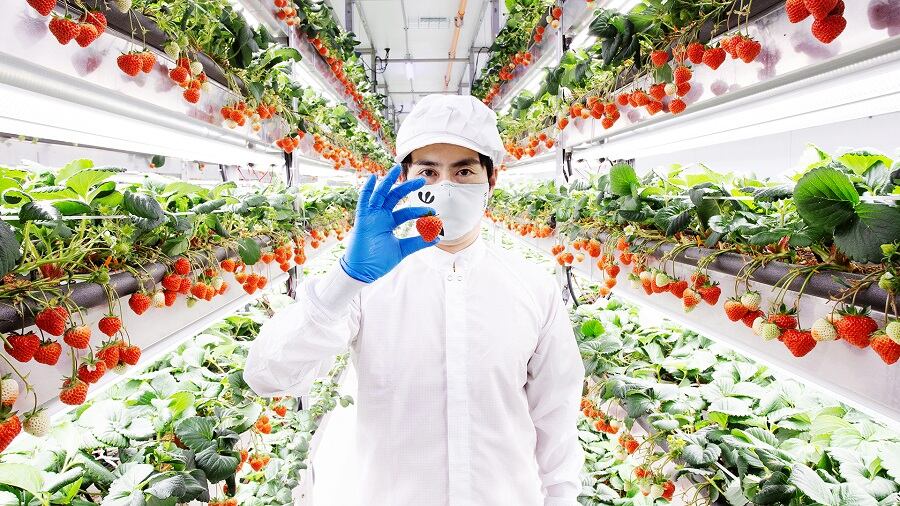
Vertical farm Oishii, known for its premium strawberries and more recently a high-end tomato, is building out a larger, more sustainable facility that will increase its production capacity by “multiple folds” with the help of a $134m Series B fundraise...

The Agriculture Innovation Hackathon was hosted in Mosul earlier this month, as an agriculture sector beset by desertification turns to the power of technology to overcome the challenges faced by farmers.
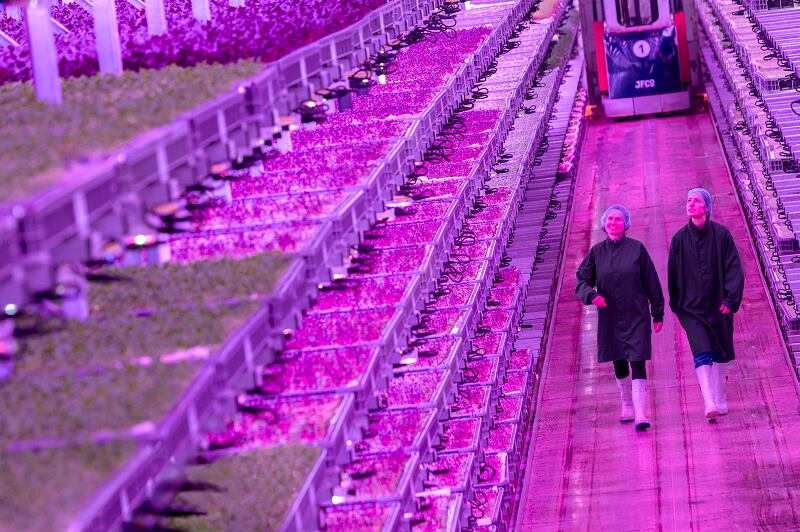
The UK-based vertical farmer has opened its second vertical farm, JFC2, near Lydney in Gloucestershire.

Innovation Insider: India
India's agtech sector is witnessing significant developments driven by government policies, changing investor landscapes and a growing focus on sustainability. However, market fragmentation is dampening its ability to scale up, with challenges...

AGTECH INVESTOR PROFILE
The continent’s agtech sector is rife with challenges but the potential rewards are huge, Sherief Kesseba, managing partner at Climate Resilient Africa Fund (CRAF), tells AgTechNavigator.

AgTech Investor Profile
Agtech innovation is playing a critical role in addressing food security and environmental challenges. But it is also key to cracking the problem of an ageing farmer population threatening global agriculture, says Eatable Adventures founder and CEO José...

Most urban farms are decidedly low-tech such crops grown in soil on open-air plots. But owing to infrastructure, supplies such as fertiliser and irrigation water, they have a higher carbon footprint than conventionally grown produce, claims new research.